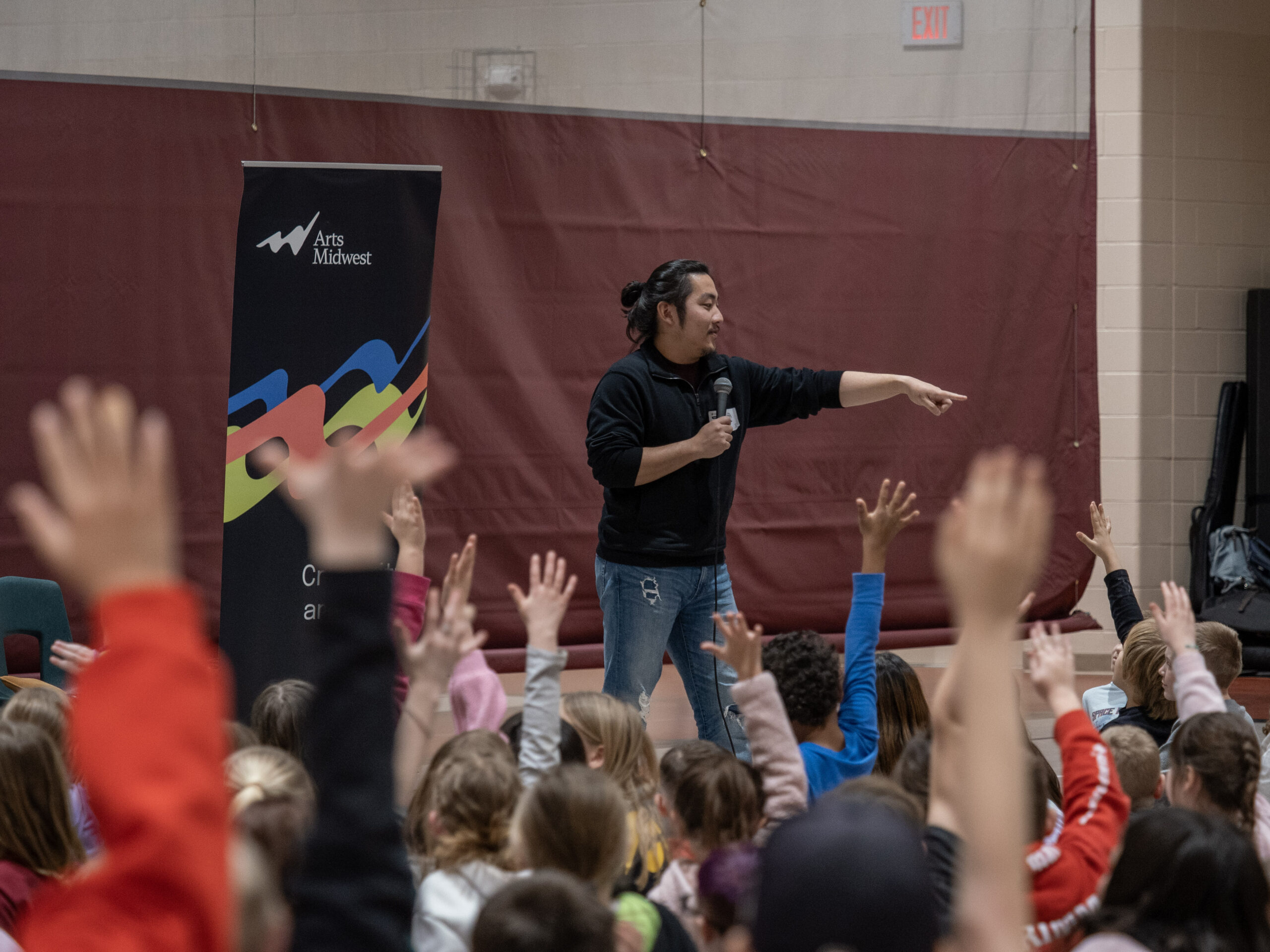Welcome to our new series of quick, data-driven research briefs, created in partnership with I/O Research. Each brief takes a closer look at what national datasets reveal about the arts sector and what sets the Midwest apart.
This data brief explores the Arts & Cultural Production Satellite Account (ACPSA), a dataset from the U.S. Bureau of Economic Analysis that tracks how money, jobs, and economic value flow through arts and cultural industries each year.
Since the ACPSA covers a lot of ground, we’ve broken our analysis into three parts:
- Part 1: How Big is the Midwest’s Creative Economy?
- Part 2: What are Midwest Creatives Earning?
- Part 3: (You are here!) Where Can the Midwest’s Creative Economy Grow?
For a refresher on how the Arts & Cultural Production Satellite Account (ACPSA) works—and what it does and doesn’t measure—check out the intro to Part 1.
Explore the Data Set on Arts Analytics
Play with ACPSA findings on I/O’s new platform that lets users experience the art of data.
Learn More Explore the MapWhy Do Growth Opportunities Matter?
The Midwest’s creative economy isn’t starting from scratch. In fact, it already has strong foundations, especially in design, manufacturing, and community infrastructure:
- Industrial design services contribute nearly twice as much value-added per state in the Midwest than in other regions
- Construction and education saw strong growth, reflecting a nationwide venue-building boom the Midwest is actively participating in
- Craft and heritage micro-clusters (e.g., museums, instrument making, cultural preservation) are small but rising fast in per-capita value
But, the sector also has vulnerabilities. Government is still the largest arts employer in the Midwest. This reliance means the region is especially sensitive to changes in public funding.
To build long-term resilience, the Midwest must not only reinforce its strengths, but also address the sectors where it continues to lag behind.
1. Grow High-Value Media and Content Sectors
While the Midwest holds its own in design and manufacturing, it significantly trails in media, digital publishing, and film.
- Motion picture jobs in a typical Midwest state total just 4,800, compared to tens of thousands elsewhere
- Broadcasting and internet media generate far less economic output than in non-Midwestern states (e.g., ~$1.8 billion in Midwest internet publishing vs. ~$16.4 billion elsewhere)
Investing in content creation, especially in digital and entertainment fields, could help close compensation and output gaps with other regions.
Film tax incentives are one tool that could help. Thirty-seven U.S. states currently offer tax credits or rebates to attract film and television productions, helping boost local creative economies.
In the Midwest, states like Minnesota, Illinois, Indiana, and Ohio already offer incentives. Wisconsin and Michigan have proposed bringing theirs back, while Iowa, South Dakota, and North Dakota currently offer no statewide tax credits.
Supporting or restoring these programs, especially with transparent oversight, could position the Midwest as a competitive hub for content creation and attract new investment to underutilized sectors.
From the Field: Film Indy
“State-level funding for film and media tax incentives is essential to growing Indiana’s creative economy. Film Indy has recently made progress by refining the language in the film and media tax credit bill, making it easier for filmmakers to access the resources they need to bring productions to Indiana—ultimately supporting jobs across the film and media landscape.
With recent shows like Apple TV’s Stick and the upcoming season of Stranger Things set in Indiana, it would be ideal for these productions to actually film where their stories take place.
Filming in Indianapolis would not only amplify national marketing opportunities by authentically showcasing the city, but it would also generate significant economic impact—creating local jobs, supporting equipment rentals, fulfilling location needs, and more.
The Midwest has a tremendous opportunity to emerge as a film-friendly destination. The idea that filmmaking must happen in Hollywood is outdated. To support our creative economy—and the professionals who make their living in film and media—we need to invest in growing this vital sector of arts and culture.”
– Morgan Snyder, Senior Director of Public Relations, Film Indy
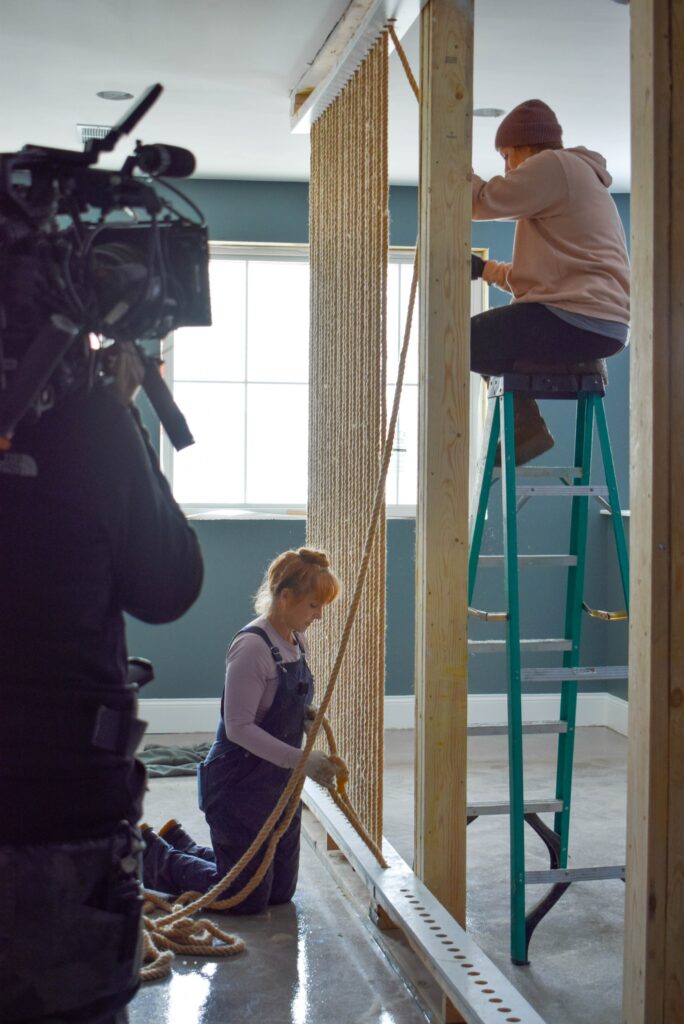
2. Strengthen Support for Independent and Freelance Creatives
Independent artists, writers, and performers in the Midwest earn much less than their peers elsewhere. Targeted support, like grants, healthcare access, or business development tools, could raise earnings and visibility in this under-resourced sector.
Some organizations are already experimenting with bold solutions. Springboard for the Arts’ Universal Basic Income program in St. Paul, Minnesota and Fergus Falls Minnesota, providing monthly payments to artists to reduce precarity and increase creative freedom. Programs like this demonstrate how sustained investment, not just project-based funding, can help freelance creatives build long-term stability.
Large-scale artists have also played a role in shaping the ecosystem. Icons like Prince and Bon Iver’s Justin Vernon have modeled what it looks like to build infrastructure close to home, from studios and venues to nonprofit partnerships, helping other artists stay rooted in the Midwest while reaching global audiences. Their work shows how artist-led investment can seed opportunity far beyond the coasts.
From the Field: Springboard for the Arts
“Creative work, much like care work and community work, is labor that is essential to the health of our communities but is chronically undervalued economically.
We need to find new forms of direct support and investment to make sure we can all benefit from the creative contributions of artists and culture bearers.”
– Laura Zabel, Executive Director, Springboard for the Arts
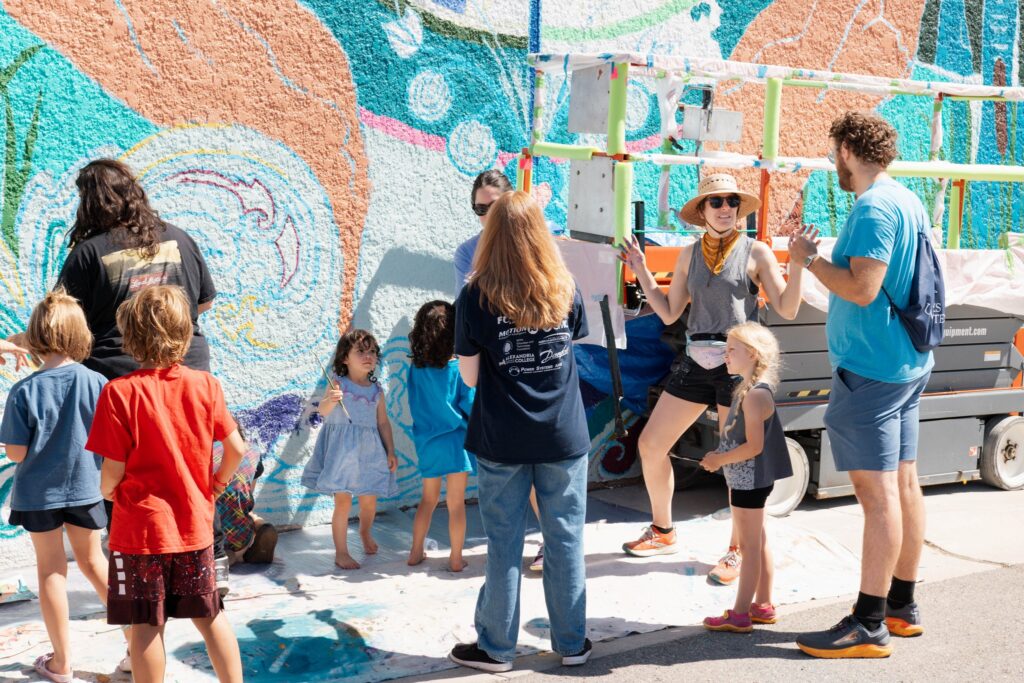
3. Build on Design and Manufacturing Strengths
The Midwest is a national leader in arts-related industrial design, printing, and creative manufacturing—fields rooted in the region’s industrial legacy. These sectors are still strong contributors to arts employment and economic output.
- Industrial design services contribute nearly twice as much value per state in the Midwest than elsewhere.
- Printed goods manufacturing (like books, posters, or recordings) generates more economic output in the Midwest than in non-Midwestern states.
Workforce development efforts—such as community college partnerships, maker-space networks, and apprenticeship programs—could expand access to these stable, well-paying creative fields.
Minneapolis’s Juxtaposition Arts (JXTA) offers a compelling model. As a youth-focused visual art and design center, JXTA trains emerging artists in graphic design, fashion, architectural rendering, and screenprinting, while paying them for their work
From the Field: Arts Alliance Illinois
“In our preliminary skills mapping research in Illinois, the skills that creatives both hold and wish to build align well with certain occupations within the advanced manufacturing industry. We are exploring the employment pathways in manufacturing that hold promise for providing jobs where creatives can thrive.
Yet, we also need to continue to advocate for the inclusion of the creative industries in local, state, and national workforce conversations, as well as work with employers outside the arts to ensure these jobs are flexible and celebrate employee creative practice both within and outside the workplace.
The current systems are not built for arts and culture, and though promising, need to continue to evolve to support artists and creatives.”
– Claire Rice, Executive Director, Arts Alliance Illinois
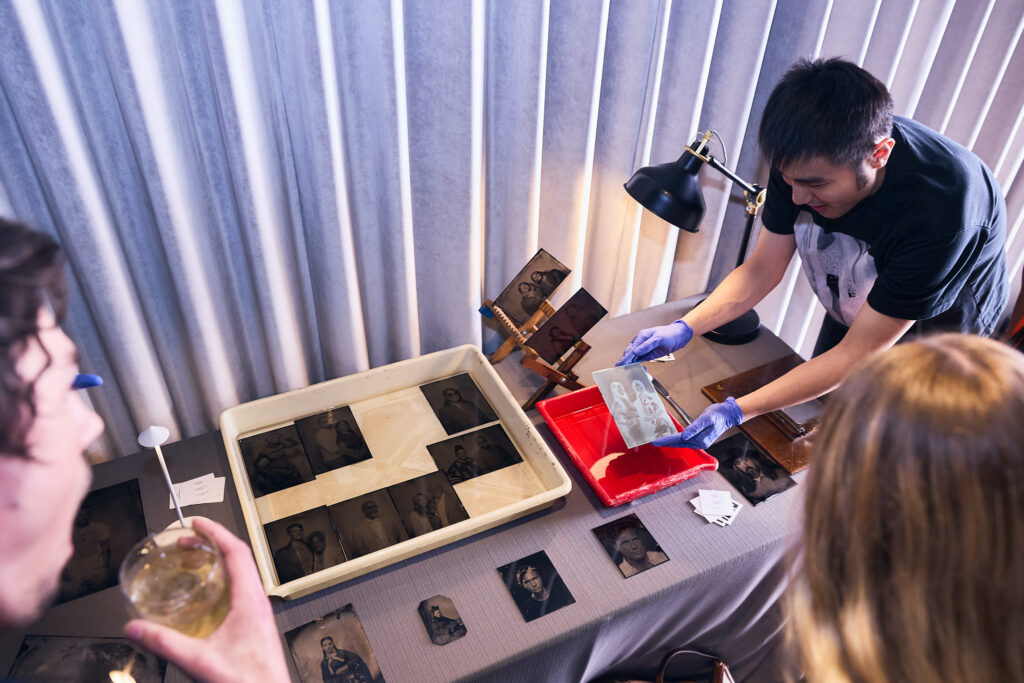
4. Leverage Venue Construction Momentum
Economic output from venue construction and live-event promotion is on the rise across the Midwest, reflecting growing demand for in-person cultural experiences.
- Midwestern states saw strong recent growth in construction and education sectors tied to the arts, indicating new infrastructure development.
- Employment in live-event promotion is increasing, with compensation gains narrowing past wage gaps between regions.
Federal pandemic relief efforts, like the Shuttered Venue Operators Grant, helped keep many local venues afloat. But long-term sustainability depends on continued investment.
Public and private funding could support this momentum by providing capital grants for venue upgrades, zoning incentives for creative space development, or touring subsidies to help artists and presenters reach audiences across underserved regions.
From the Field: National Independent Venue Association
“To secure sustainable infrastructure and live event ecosystems across the Midwest, we need continued public and private investment grounded in data.
According to the National Independent Venue Association’s State of Live research, independent stages drive $153 billion in spending across the U.S. – more than the U.S. beer, airline, and gaming industries. Yet, 64% operated at a loss.
That means capital grants for venue upgrades, zoning incentives for creative space, touring subsidies, and continued public funding aren’t optional – they are essential to sustaining this growth and independent stages’ survival.”
– Stephen Parker, Executive Director, NIVA

5. Elevate State-Level Strategies Based on Local Strengths
Different states in the Midwest lead in different ways, and recognizing those strengths can help guide policy and peer learning.
Rather than adopting a one-size-fits-all approach, states can benefit from tailored strategies that reflect their specific strengths, challenges, and community contexts.
As a regional arts organization, Arts Midwest plays a vital role in supporting this work by sharing data, convening peers, and surfacing successful models from across the region. This research brief series is one example of how we help communities, funders, and policymakers better understand what’s working, and where support is most needed.
From the Field: Wisconsin Arts Board
“Every state’s economy is the result of many factors including its natural and built environments and its people.
Data sets like the Arts and Culture Production Satellite Account are helpful to state policy makers and state arts agencies – helping us identify and grow the industries in which our states excel, and pinpoint new industry niches for investment.”
–George Tzougros, Executive Director, Wisconsin Arts Board
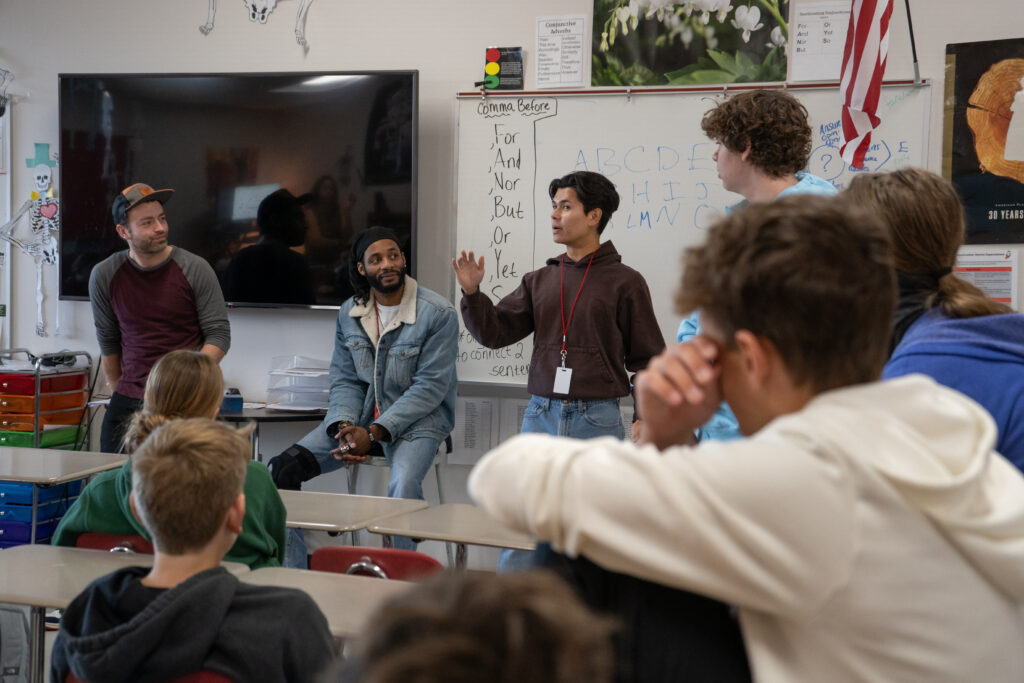
Final Takeaway
The Midwest’s creative economy is built on solid foundations—but to thrive long-term, it must diversify, support its independent workforce, and tap into sectors where growth is lagging.
By investing in both place-based strengths and emerging opportunities, the region can build a more resilient and dynamic creative future.
Want to learn more about the ACPSA? Check out our articles on How Big Is the Midwest’s Creative Economy? and What are Midwest Creatives Earning?
